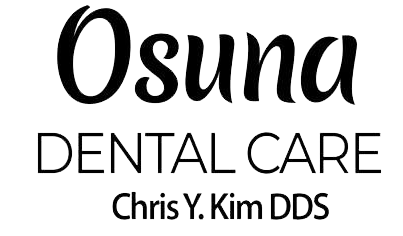A tooth extraction is the removal of a tooth from its socket in the jawbone. Extractions are performed for a wide variety of reasons.
Why you might need an extraction
If your tooth is too decayed or damaged to repair, your doctor may suggest extracting it to protect your oral health. Doing so will also prevent your remaining teeth from shifting positions. It’s best to have space in your jaw for your teeth to move into after they’re extracted. That way, your smile will remain straight and properly aligned. We recommend replacing missing or removed teeth with an implant or bridge to ensure optimal oral health. Your dentist can also provide recommendations on which type of restoration will work best for you.
Types of extractions
A tooth may need to be extracted for a number of reasons, including severe tooth decay, advanced gum disease, or to make room for orthodontic treatment like braces. Extractions are relatively quick and painless procedures when done by an experienced dentist, but the result can be uncomfortable during the healing period.
When a tooth is pulled or extracted, the socket will heal on its own over time and require a bone grafting procedure to reattach the tooth later. This procedure is typically done when the bone around the root of the missing tooth has diminished due to missing teeth complications.
The tooth extraction recovery process can range anywhere from a few days to several months, depending on the individual’s healing process. It is extremely important to pay attention to oral hygiene after any oral surgery to prevent infection and other complications.
In most dental cases, the procedure itself will be performed under local anesthesia, so the patient will not feel pain during the actual removal. However, patients may experience varying levels of pain during and after the procedure as they recover from medical and dental treatment. To alleviate this discomfort, the dentist may prescribe a pain reliever that can be taken as needed.
Procedure
Your dentist will use anesthesia to numb the area around the tooth that needs to be extracted. The tooth will need to be loosened from the bone and removed with forceps. Once the tooth is out, your wound may be closed using wires or plates so that your mouth can heal properly. You will often receive pain medication in the days following your procedure to help with the discomfort that often comes along with having a wisdom tooth pulled.
Request an appointment or call Osuna Dental Care: Chris Y. Kim DDS at (505) 884-1989 for an appointment in our Albuquerque office.
More Blog Posts
Office Hours
MONClosed
TUE7:00 am - 4:00 pm
WED7:30 am - 4:00 pm
THU8:00 am - 5:00 pm
FRI7:00 am - 4:00 pm
SAT - SUNClosed






